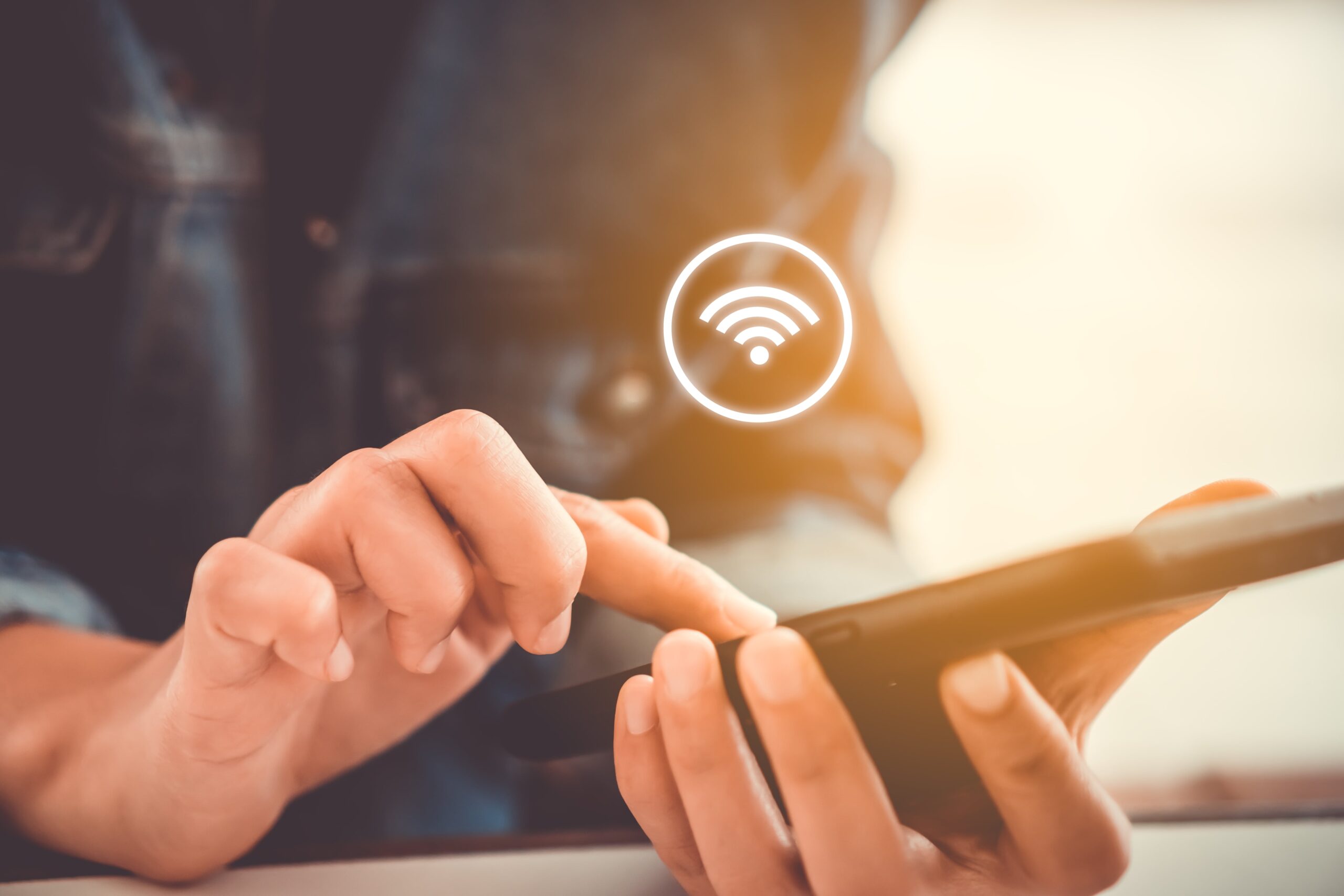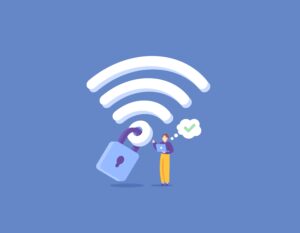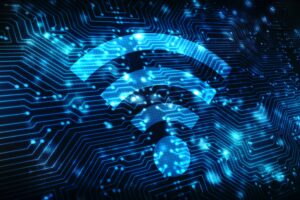With support solutions for the home and office, My Computer Works is here to help you get back to your life.
Protecting Your WiFi Network from Vulnerabilities

A secure home or workspace network is essential to protect your sensitive information and devices from hackers. When you secure your home network, you also prevent unauthorized users from freeloading on your internet, which slows it down drastically.
Luckily, a secure WiFi network and, thus, private internet access is easy to obtain and requires just a few steps. In this blog, our experienced team at My Computer Works will give you a step-by-step breakdown to ensure your WiFi network is protected against vulnerabilities.
What Makes Your WiFi Vulnerable?
Unfortunately, many things can make your WiFi vulnerable. One of the most common mistakes people make is not changing the default settings on their new routers when they receive them. While a few other factors make WiFi vulnerable, this is the most common cause.
Subpar encryption protocols are another common cause of network vulnerabilities. While it may be difficult to tell the difference between WEP (Wired Equivalent Privacy) and WPA (WiFi Protected Access), using WEP—and worse, an outdated WEP—will expose your network to security attacks and breaches.
Additionally, many users don’t consider the physical location of their router to impact their WiFi network safety. Placing a router near external walls and windows can lead to unauthorized users intercepting the WiFi signal. You should also know that allowing guests to use your main network line can be risky, and you should ideally create a second line dedicated to guest use.
Are Unauthorized Users Using Your Network And How To Tell?
Nothing slows down your internet speed and exposes your network faster than unauthorized users. For security reasons, if you suspect your line is being used for unauthorized purposes or by people other than your household, you should secure it as soon as possible.
But how can you tell for sure that unauthorized users are utilizing your network for their own gain? An easy method is to go through your router’s admin page and scan for any devices you don’t recognize. Otherwise, if you want to be sure, you can use a third-party tool, such as Fing, designed to scan your network for suspicious devices.
Steps To Make Your WiFi Secure
To ensure a secure internet connection and protect your WiFi network against vulnerabilities, follow these simple steps below:
Monitor Connected Devices
Set aside some time to inspect your network and flag any devices you do not recognize. If you cannot place who those devices belong to, immediately disconnect your WiFi and change the password. You will then need to reconnect all your devices to the network, as all devices will be denied access immediately after a password change.
It is important to remember that some obscure devices you own may have strange names, like Bluetooth headphones or an external hard drive. So, these might look like foreign devices and security risks, but they are not. So just keep this in mind when running through your list, and if you do change your password, reconnect them and note that they are allowed on your network.
Use a VPN
A virtual private network (VPN as it’s otherwise known) is a network architecture that makes it difficult for unauthorized personnel to track your internet traffic. However, not all VPNs are made equal. For example, a good paid VPN, like ExpressVPN, is better than opting for a free VPN, as the free variations aren’t always reliable.
Pros of Using a VPN
The biggest pro about using a VPN is that it protects your data by encrypting your internet traffic. However, it also has the additional benefit of improving your online privacy since it can mask your IP address. Not to mention it is also useful when wanting to bypass any application or website geo-restrictions and censorship.
Cons of Using a VPN
The downside to using some VPN providers is that quality and security are different between providers, and they may also require you to keep a log of user data, which could still compromise your privacy.
Additionally, while encrypting your internet traffic is good, it can affect your internet speed and slow it down. To avoid issues, research the VPN you want to use and only use the one you feel will work the best for your WiFi security.
To start you off, consider these top-of-the-line VPNs that are currently popular:
- ExpressVPN: It has a wide range of server locations and premium security features.
- CyberGhost: Offers extensive server coverage and privacy protection while providing a user-friendly experience.
- NordVPN: Best known for its no-logs policy, fast speeds, and powerful encryption.
Another negative is that VPN setup can be challenging, so look for a VPN for PC that has an easy set up process if you’re unsure about following complicated installation processes.
Create A Guest Network
When you have
While your guests may not have harmful intentions toward you, they may download something with malware or viruses. This may lead to a targeted attack on your network without your guest ever knowing. This also applies to IoT (Internet of Things) devices, which we recommend connecting to a separate network from your main. Infected devices can still affect devices on the guest network, but they will be separated from the network where you connect your technology.
Keep Devices And Your Router Up To Date
Updating any device’s software and hardware can be an inconvenient and annoying experience, especially if it is frequent, but it is an important part of improving security. When your provider flags a potential security vulnerability, they release an update to eliminate and minimize the risk.
Keeping your router and all the devices connected to it up to date will ensure that you are protected against hackers. Automatic updates can easily be set up in the admin settings if you don’t want to manually go through this process each time, and our team at My Computer Works can assist with this step.
Turn On WiFi Encryption And Firewalls
Another i
While often automatically on by default, you must ensure they weren’t accidentally turned off. Firewalls and WiFi encryptions are essential tools that prevent malicious eavesdropping on data sent to your router and devices.
Wrap-Up On WiFi Security
Once you have followed these essential steps, you will have peace of mind knowing that your WiFi security network is secure and will not be left vulnerable to cyber-attacks. You also won’t need to worry that unauthorized users will take advantage of you or your network anymore.
However, at My Computer Works, we understand that protecting your network from vulnerabilities can be challenging, which is why we’re here to help. Contact us here, and we will work alongside you to evaluate your WiFi security and protect your network from vulnerabilities.

